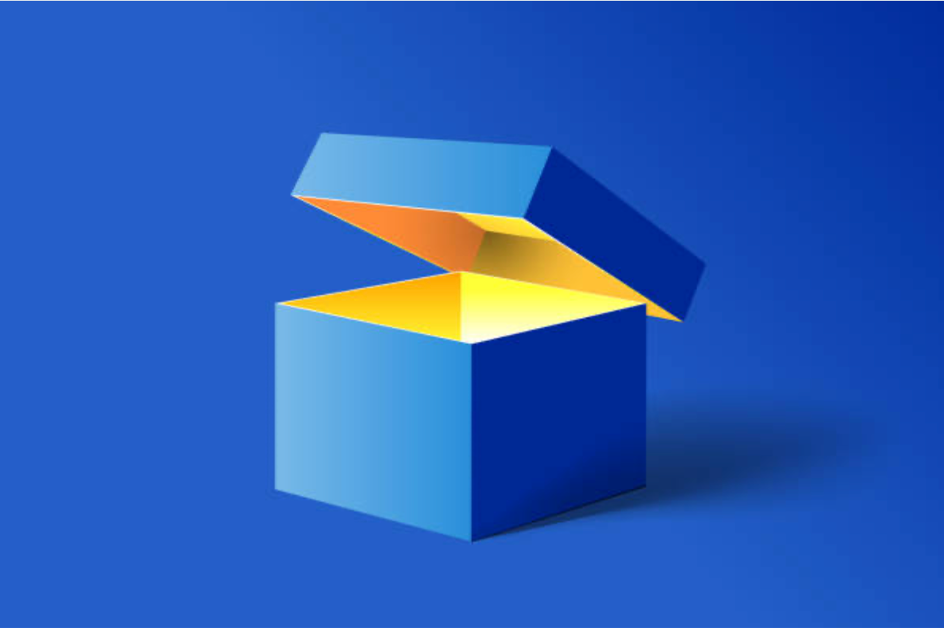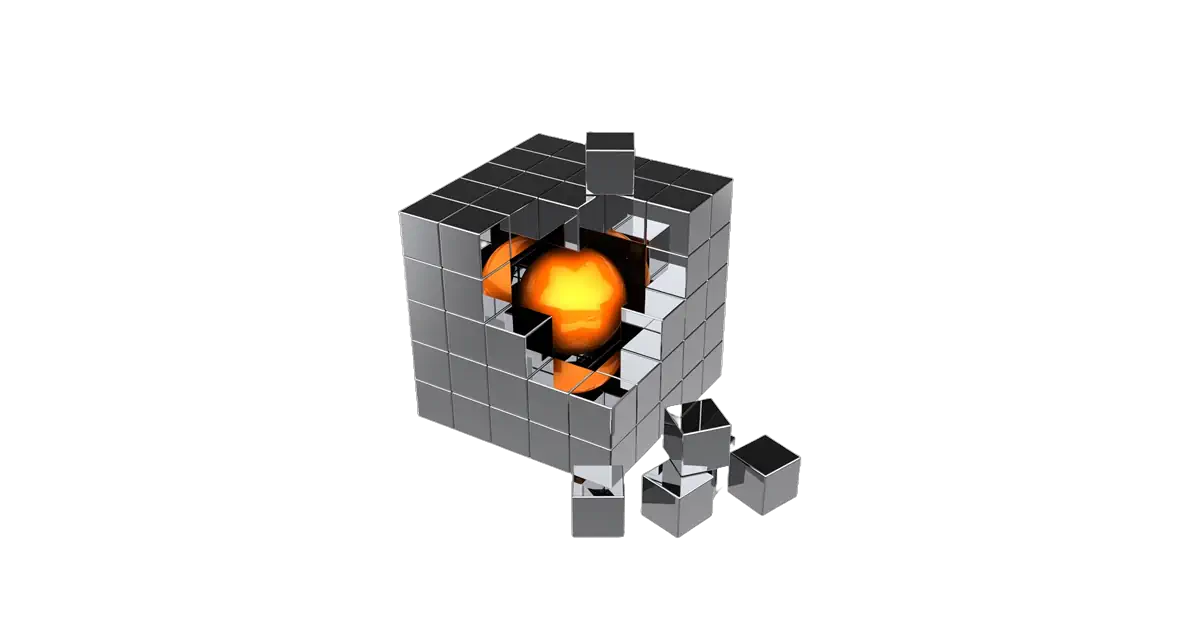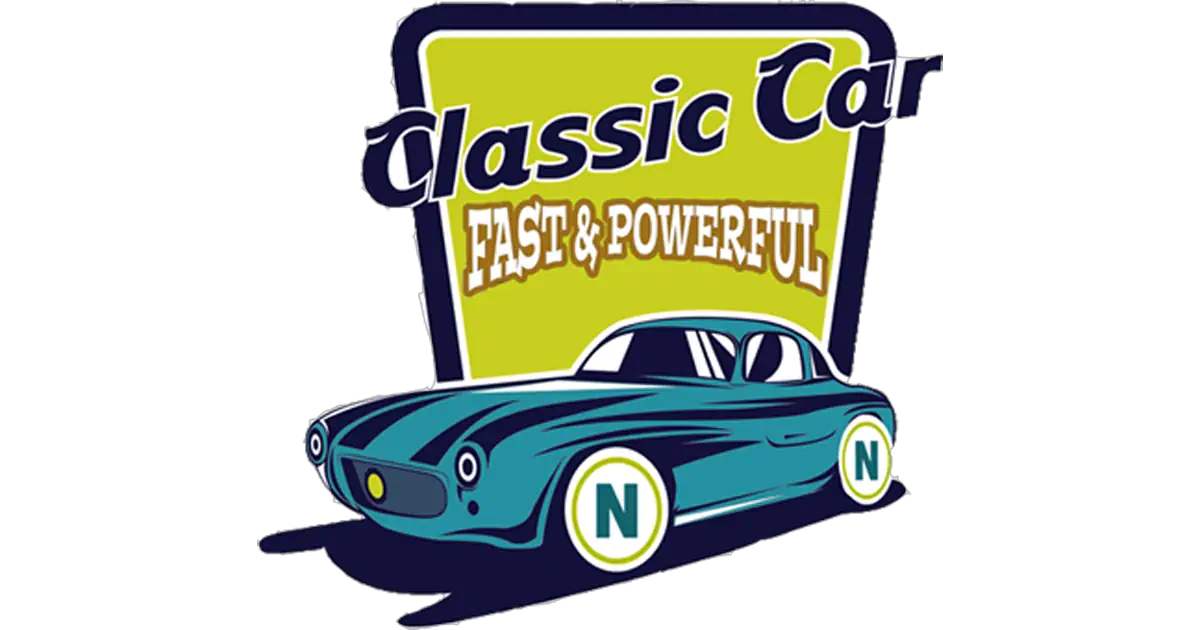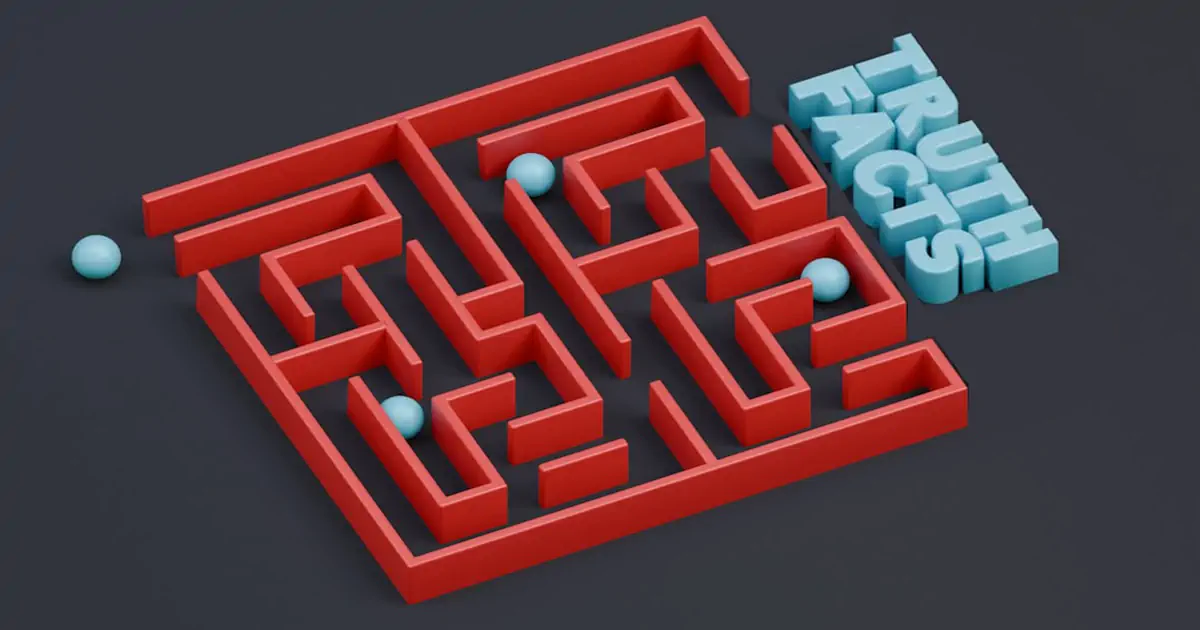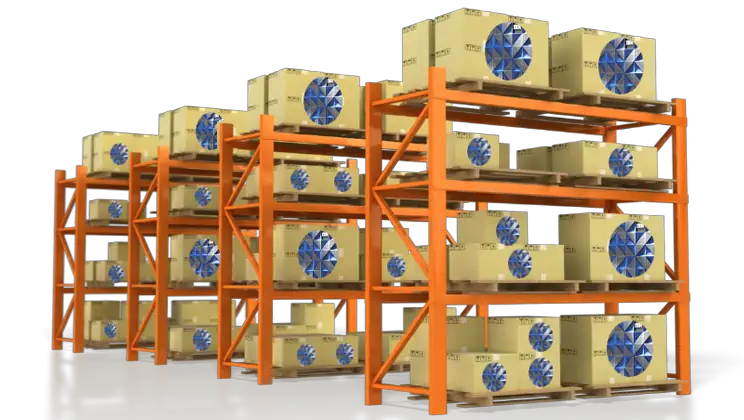IBM N4001 System - Should You Upgrade?
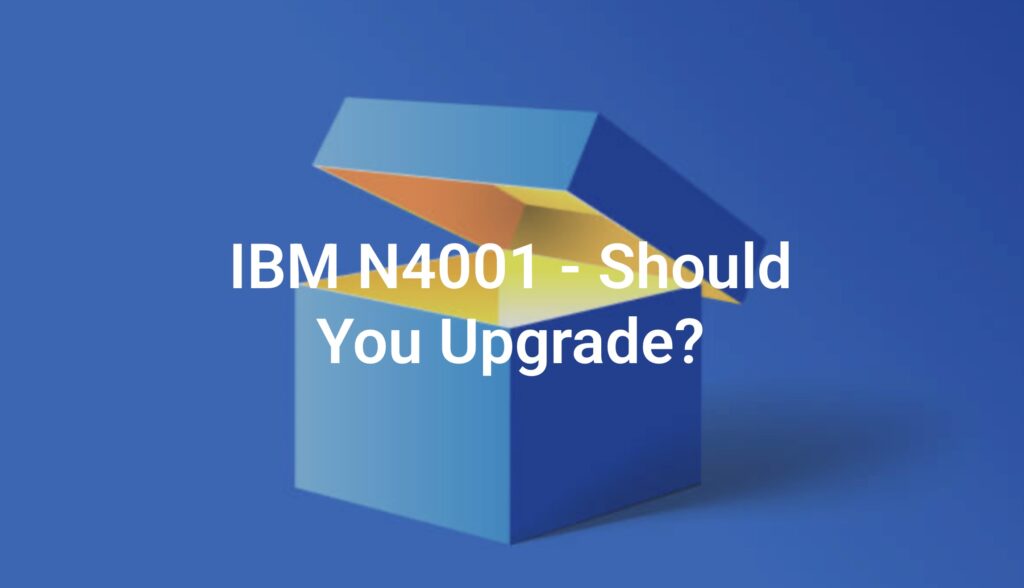
IBM N4001: What Netezza Customers Really Need to Know
N4001: Hardware Refresh, Not a Revolution
The Risk of Rushing Into New Platforms
What CP4D Customers should do
the cost of moving to N4001
Comparison: Hammerhead vs CP4D vs N4001
the smart alternative
the bottom line
Articles
Further information
IBM N4001: What Netezza Customers Really Need to Know
With End of Support (EOS) for Cloud Pak for Data System (CP4DS) 1.0.7.8 (Hammerhead) fast approaching, many Netezza customers once again face the familiar pressure to upgrade to a new platform. This time, IBM is introducing the N4001 series, generally available from September 25, 2025.
Unlike some earlier Netezza launches, there’s relatively little official information available about the N4001. What we do know is that it represents a hardware refresh rather than a major software upgrade. Customers already running Hammerhead platforms are on the latest Netezza software release, so upgrading to the N4001 primarily brings hardware performance improvements and renewed IBM support, but not new database functionality.
N4001: Hardware Refresh, Not a Revolution
Unlike some past Netezza releases, the N4001 is not a completely new generation of technology. It does not run OpenShift and it does not support CP4D workloads. Instead, it is best thought of as a hardware refresh of the current Hammerhead platform, with updated processors, faster storage, and improved networking.
Yes, these hardware improvements will deliver performance gains compared with older Hammerhead systems. But if your current system still meets your performance and capacity needs, there is no immediate business case to migrate. Many Hammerhead and CP4D appliances in the field still have a lot of useful life left.
The Risk of Rushing Into New Platforms
Enterprises should also be cautious about rushing to adopt a just-released platform. Early adopters risk introducing bleeding-edge technology as a critical production system, before it has matured in the field.
We have already seen this play out in real life. Customers who rushed into CP4D adoption found themselves forced into continuous upgrades as the platform evolved, leading to disruption, cost, and frustration. The lesson is clear: sometimes it is wiser to let a new platform mature before committing it to business-critical workloads.
The N4001 will no doubt become a stable option in time, but customers should not feel pressured to be the first in line.
What CP4D Customers Should Do
For Netezza customers who are running CP4DS 2.x but are not benefiting from OpenShift workloads, the situation is different. Once EOS for the Hammerhead platform arrives, IBM support ends. That means the opportunity to move over to Hammerhead will disappear. These customers should migrate from CP4D to Hammerhead before this date, or you will be forced to migrate to N4001 when your CP4D system reaches EOS, or run CP4D beyond EOS using third party support, which is not recommended. (see comparison table).
The Cost of Moving to N4001
Choosing N4001 comes with costs:
Purchasing new hardware.
Migration overhead, including planning, testing, downtime and disruption.
Ongoing IBM support fees (typically ~20% of purchase price annually).
This expense is justified if your workloads are genuinely hitting the limits of your current system. But if not, it can feel like paying a premium for incremental gain.
Comparison: Hammerhead vs CP4D vs N4001
| Feature / Consideration | Hammerhead | Cloud Pak for Data (CP4D) | N4001 |
|---|---|---|---|
| Software Version | Latest NPS (no OpenShift) | NPS on OpenShift | Same NPS version as Hammerhead |
| OpenShift Dependency | None | Yes (OpenShift required) | None |
| Performance Gain | Status Quo | Status Quo | No immediate software gains, but newer hardware |
| Hardware Reliability | Modern SSD hardware | Modern SSD hardware | Performance gains from newer hardware |
| Scalability | Limited | Expandable within CP4D cluster | Expandable with newer hardware; suited to growth |
| IBM Support | Limited, RHEL7 already beyond EOS | EOS to be announced | Full IBM support (premium cost) |
| Third-Party Support | Available via Smart Associates | Yes * | Not available (IBM only) |
| Migration Required | No (already current) | Maybe ** | Yes (to new hardware) |
| Cost to Maintain | Low with Smart Associates | Low with Smart Associates after Hammerhead migration | High (purchase + 20% annual fee) |
| Recommended Action | Stay on Hammerhead with Smart Associates support | Migrate to Hammerhead before EOS | Consider if you need IBM support or additional scalability for future growth |
| Best For | Customers happy with current NPS | Customers planning Hammerhead migration | Customers needing IBM-only support and/or scaling capacity for future growth |
Notes:
* OpenShift is hard to support because of its layers of complexity and a high frequency of release updates so it is not recommended to run beyond EOS
** Downgrading to Cloud Pak for Data System (CP4DS) 1.0.7.8 (Hammerhead) can be achieved without all data being offloaded and restored but this will depend on various factors
The Smart Alternative
Smart Associates provides full support for Hammerhead and CP4D platforms in conjunction with hardware partners, at a fraction of IBM’s cost. With this approach, customers can:
-
Migrate from CP4D to Hammerhead before EOS with minimal disruption.
-
Continue operating CP4D beyond EOS under experienced third-party care where that is appropriate.
-
Delay expensive hardware refreshes until capacity or performance needs justify them.
This strategy lets organisations maintain stability, security, and performance — while avoiding unnecessary spend and the turbulence of premature migration.
The Bottom Line
The N4001 provides real hardware performance gains, but it is not a software leap forward. Customers should resist marketing pressure to be first in line and avoid adopting newly released platforms as critical enterprise infrastructure before they mature.
For most organisations the sensible path is clear: migrate to Hammerhead before EOS, evaluate capacity needs realistically, and only pursue an N4001 hardware refresh when the business case is compelling. Alternatively, Smart Associates’ proven third-party support model gives organisations flexibility, continuity, and much lower support costs.
Don’t let the fear of EOS force a costly, disruptive refresh when a measured approach will deliver the same stability and better economics.

